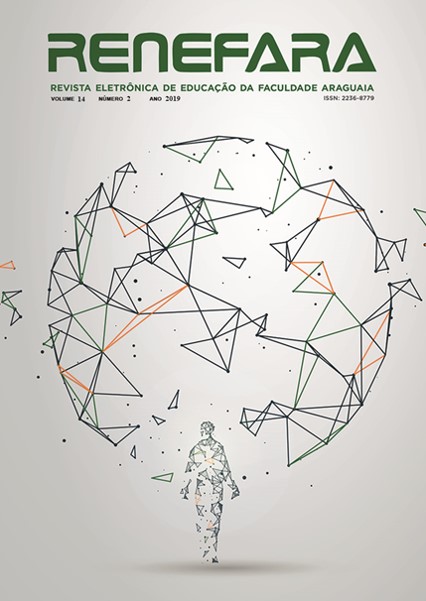COMPARISON BETWEEN THE FLOAT METHOD AND THE HYDROMETRIC SHEET FOR ESTIMATION OF FREE FLOW CONDUITS
Abstract
The objective of this work was to produce and calibrate a windmill, and to compare the results obtained with the float technique, determining the flow rate and mean flow velocity of the Caveirinha stream, located in the city of Goiânia, Goiás. Results between the methods of measurement of velocities and the flow in Caveirinha stream, the percentage difference of the average speed between the two methods used was of 54.55% and of 51% in their flows. Therefore, the windlass produced guarantees reliable results, thus contributing to better management of water resources. However, there is a great need to compare it with the properly calibrated conventional hydrometric windlass establishing a direct relationship in the results.
Downloads
Published
Issue
Section
License
The copyright of the published articles will be transferred to the Uniaaraguaia Magazine, allowing its subsequent reproduction as transcription and with due citation of source. In the event of acceptance and before the publication of the article, the plaintiff (s) shall write a statement formally transferring copyright to the magazine.
The author may also print and distribute copies of his article, provided that he mentions that the rights belong to the Uniaaraguaia Magazine.
Author rights include the right to reproduce in full or partly by any means, distribute this article, including figures and photographs.
By submitting originals to the Uniaaraguaia magazine, the author or authors express agreement with the following terms:
a) Authors maintain copyright and grant Uniaraguaia magazine the right of first publication, with the work simultaneously licensed under the Creative Commons Attribution license that allows the sharing of work with recognition of the authorship and initial publication in this magazine.
b) Authors are authorized to assume additional contracts separately, for non-expiration distribution of the work version published in this magazine (eg publish in institutional repository or as book chapter), with recognition of authorship and initial publication in this journal.
c) Authors are allowed and are encouraged to publish and distribute their work online (eg in institutional repositories or on their personal page) to any point before or during the editorial process, as this can generate productive changes as well as increase the impact and citation of published work.

